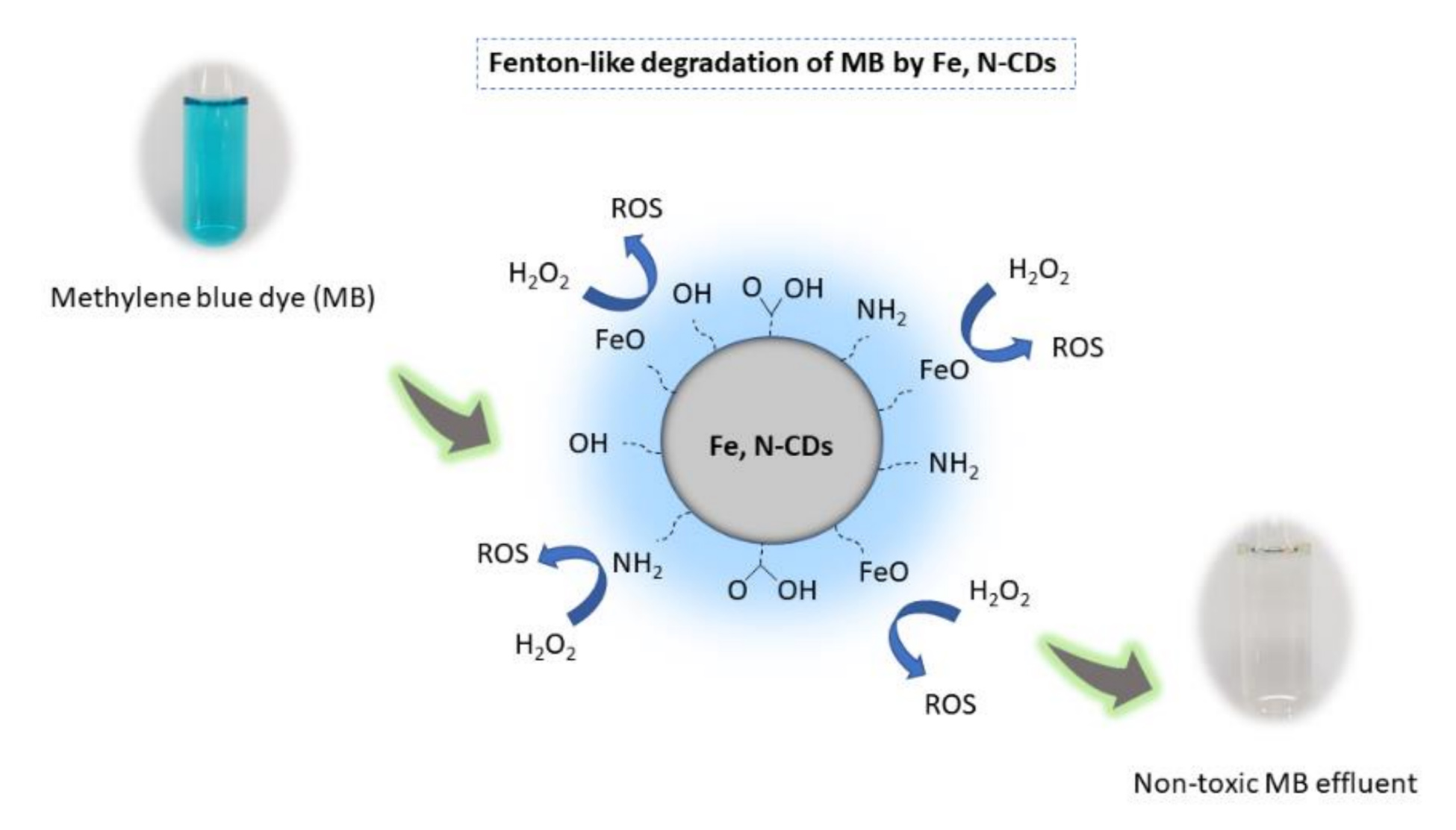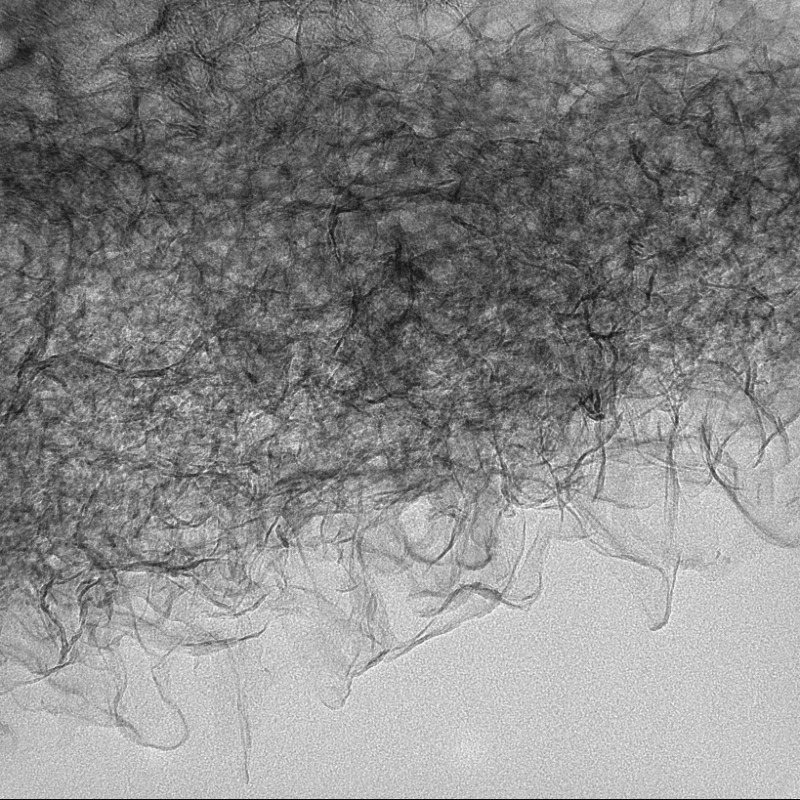Sabrina Beker - ALUMNUS
Current LinkedIn profile including contact details.
The increasing discharge of industrial effluent containing dyes into the wastewater system has become a critical issue for water resources management. Synthetic dyes are extensively used in the textile, paper, food, and leather industries, and it is well reported that many of them can cause irreversible damage to both environment and human health. Annually, ~700,000 tonnes of dyes are produced worldwide, of which 15% are lost via effluent generation in the dyeing process. Despite efforts to improve the efficiency of the wastewater systems to remove these contaminants, driven by increasingly stringent legislation, conventional water & wastewater treatments can be limited, costly, and inefficient for such hazardous compounds. Consequently, efficient, sustainable, and cost-effective water treatment technologies are required to remove these industrial pollutants from water before its safe release into the natural environment.
Advanced nanotechnology provides a promising alternative for increasing water treatment efficiency, especially carbon nanodots (CDs). CDs, which are fluorescent nanostructures in the size range of 2-10 nm, have attracted significant attention for their unique physicochemical properties, and due to their high water solubility, easy functionalisation, rapid electron transfer properties, and low toxicity, they are potential candidates for the catalysis of environmental pollutants such as hazardous industrial dyes. Recently, the concepts of green chemistry have been applied to the production of CDs, attracting major attention due to the environmental sustainability of the associated simple, economical, and eco-friendly synthesis. Little is known & reported about the potential & utilisation of such technology to treat dye-containing water; moreover, properties & factors that might influence the CDs catalytic performance need better understanding to provide critical information for assessing and ultimately controlling their activity. Further, the use of low-toxicity CDs might overcome the drawbacks of most used water remediation technologies, which have failed at tackling the toxicity of the effluent, which then requires further treatment.
Therefore, this research examined the use of novel carbon nanodots as catalysts for the remediation of dyes under a Fenton-like approach aiming to increase the degradation of dyes in the water while minimising the effluent’s toxicity & environmental impact. To achieve this, the research had the following key objectives; (i) to investigate the removal of dyes from the water via the catalytic activity of green-synthesised CDs, considering their key properties & influencing factors of degradation reaction, (ii) to perform physicochemical characterisation of CD’s key properties and to elucidate their mechanism of action during the Fenton-like degradation of dyes in water, (iii) to investigate the effects of functionalisation of CDs on the degradation of dyes and ecotoxicological aspects in water, and (iv) to evaluate the environmental impacts of the proposed technology on Australian groundwater's bacterial abundance & community structure.
Sabrina Beker was supported by a Brazilian National Council for Scientific & Technological Development (CNPq) scholarship.
 Figure 1: Illustration of the potential mechanism of CDs as Fenton-like catalysts (Beker et al., 2022)
Figure 1: Illustration of the potential mechanism of CDs as Fenton-like catalysts (Beker et al., 2022)

Nanostructures
Functional strontium phosphate-coated magnesium alloys for orthopaedic use


